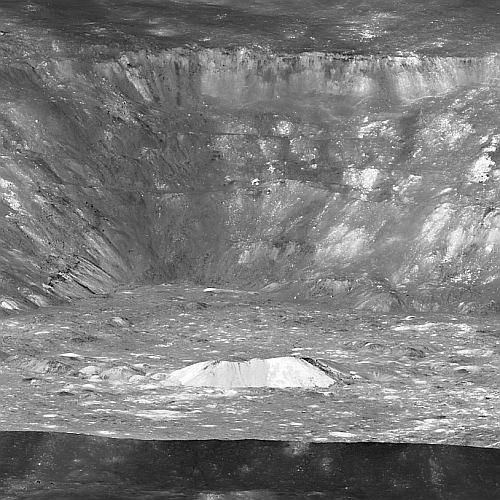Blue Origin-led team bids for NASA manned lunar lander contract
Capitalism in space: Though few details have been released, Blue Origin has teamed up with Boeing and Lockheed Martin to bid for a NASA contract to build a second manned lunar lander, after SpaceX’s Starship.
Blue Origin revealed its team’s submission to that second NASA program in a brief statement posted on its website on Tuesday, saying “in partnership with NASA, this team will achieve sustained presence on the Moon.”
The deadline for proposals was Tuesday. NASA is expected to make an award decision in June 2023.
Blue Origin’s team also includes spacecraft software firm Draper, Pittsburgh, Pennsylvania-based Astrobotic and Honeybee Robotics, a manufacturer of military and civil robotic systems that was acquired by Blue Origin in January.
It will be interesting to see if this proposed lander is significantly different than the previous proposal, which NASA considered overpriced and not as capable as Starship.
Capitalism in space: Though few details have been released, Blue Origin has teamed up with Boeing and Lockheed Martin to bid for a NASA contract to build a second manned lunar lander, after SpaceX’s Starship.
Blue Origin revealed its team’s submission to that second NASA program in a brief statement posted on its website on Tuesday, saying “in partnership with NASA, this team will achieve sustained presence on the Moon.”
The deadline for proposals was Tuesday. NASA is expected to make an award decision in June 2023.
Blue Origin’s team also includes spacecraft software firm Draper, Pittsburgh, Pennsylvania-based Astrobotic and Honeybee Robotics, a manufacturer of military and civil robotic systems that was acquired by Blue Origin in January.
It will be interesting to see if this proposed lander is significantly different than the previous proposal, which NASA considered overpriced and not as capable as Starship.










